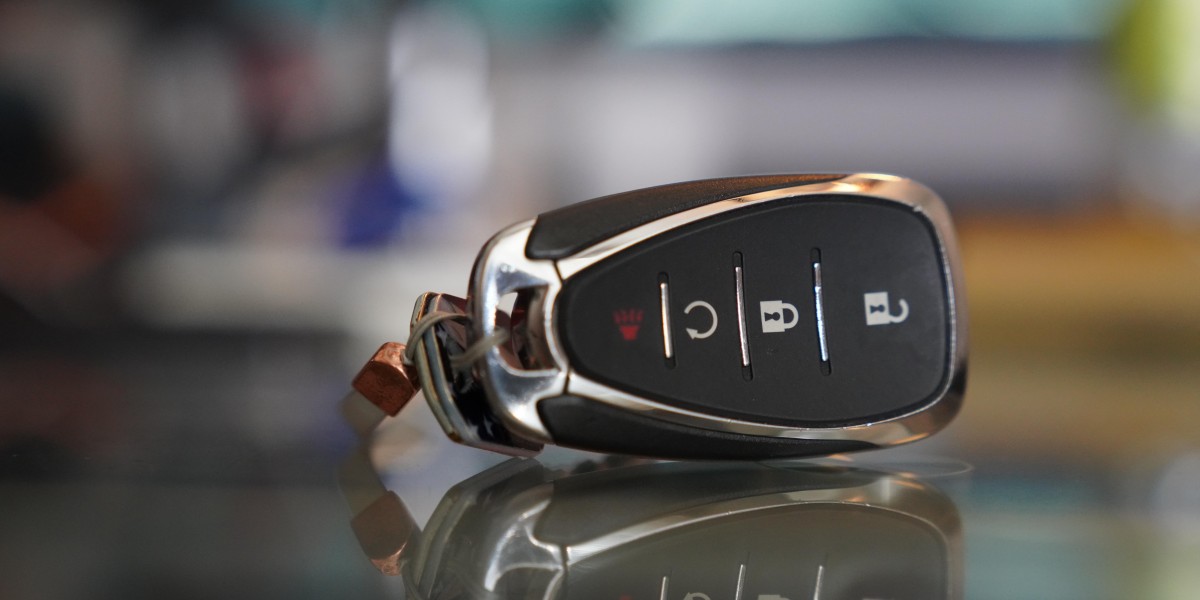The Rise of Integrated Electric Ovens and Hobs: A Comprehensive Overview
In the domain of modern-day kitchen appliances, integrated electric ovens and hobs have actually become significantly popular due to their visual appeals, performance, and efficiency. As home cooking becomes a more integral part of every day life, many house owners are reassessing their kitchen develops to produce a harmonious and structured cooking space. This article explores the features, advantages, setup factors to consider, and upkeep of integrated electric ovens and hobs, supplying readers with an informed viewpoint on these ingenious kitchen options.
What are Integrated Electric Ovens and Hobs?
Integrated electric ovens and hobs are created to effortlessly fit into the kitchen cabinets, developing a smooth and cohesive appearance. Unlike freestanding designs, these appliances are built directly into the kitchen systems, which conserves space and adds to a minimalist visual.
Key Features of Integrated Electric Ovens and Hobs:
| Feature | Description |
|---|---|
| Design | Streamlined, modern-day styling that blends with cabinetry for an uniform look. |
| Space-Saving | Built into cabinets, maximizing counter area and creating a more open kitchen. |
| Reduce of Use | Often function touch controls, timers, and sensors for boosted cooking precision. |
| Energy Efficiency | Normally more energy-efficient than standard ovens and hobs. |
| Safety Features | Includes kid locks, automated shut-off, and recurring heat signs. |
Advantages of Integrated Electric Ovens and Hobs
Buying integrated electric ovens and hobs can offer numerous benefits. Below are some of the most engaging advantages:
- Aesthetic Appeal: The sleek, modern-day style of integrated appliances boosts the total appearance of the kitchen, providing a high-end surface that numerous homeowners desire.
- Space Optimization: With the ability to set up appliances at customized heights and placements, house owners can optimize their kitchen's functionality and design.
- Improved Functionality: Many integrated electric ovens and hobs come equipped with innovative functions, consisting of various cooking settings, self-cleaning alternatives, and smart innovation combination, making them hassle-free and versatile.
- Improved Safety: Integrated designs frequently come with innovative safety functions, minimizing the threat of mishaps, particularly in households with children.
- Energy Efficiency: Electric ovens and hobs are usually more energy-efficient than gas options, supplying cost savings on electricity expenses while helping the environment.
Considerations When Choosing Integrated Electric Ovens and Hobs
Before buying, it is important to consider a number of factors to make sure the integrated electric oven and hob fulfill individual requirements and kitchen requirements:
- Size & & Dimensions: Measure the area available in your kitchen to ensure the appliances fit perfectly. Integrated designs vary in size, so accurate measurements are crucial.
- Cooking Needs: Evaluate what functions you need based on your cooking routines. For example, if you typically bake, a design with multiple oven settings might be beneficial.
- Budget: Integrated electric ovens and hobs can range substantially in rate. Set a budget plan that lines up with your requirements without jeopardizing on quality.
- Brand Reputation: Research credible brands understood for sturdiness and performance. Client evaluations and professional viewpoints can likewise guide your decision.
- Setup Requirements: Consider whether you need expert setup, particularly if you need adjustments to your kitchen layout.
FAQs About Integrated Electric Ovens and Hobs
Q1: What is the difference in between built-in and integrated electric appliances?

A1: Built-in appliances are designed to fit into designated spaces in kitchen cabinetry, while integrated appliances are fully enclosed within cabinets, creating a seamless appearance.
Q2: Can I install an integrated electric oven or hob myself?
A2: While some property owners might attempt a DIY setup, it's advisable to employ an expert to guarantee safety and adherence to local guidelines.
Q3: Are integrated electric ovens and hobs energy-efficient?
A3: Generally, yes. Electric designs are typically more energy-efficient than gas equivalents. Look for energy rankings when selecting a home appliance.
Q4: How do I keep my integrated electric oven and hob?
A4: Regular cleansing, utilizing the self-cleaning function (if offered), and having professional servicing as recommended will help preserve ideal efficiency.
Q5: Can integrated electric ovens and hobs be fixed if they malfunction?
A5: Yes, a lot of brand names supply repair services, and extra parts can typically be gotten for common problems.

Integrated electric ovens and hobs represent a considerable advancement in kitchen style and functionality. Their streamlined look and advanced functions make them an appealing alternative for both striving chefs and casual home cooks alike. By thinking about the benefits and making notified options regarding size, budget, and functionality, homeowners can effectively transform their kitchens into effective, stylish cooking environments.
Extra Considerations
When choosing integrated electric ovens and hobs, it is likewise suggested to think about:
- Warranty and Service Plans: Check for service warranties used on the appliances and understand the service prepares offered, specifically concerning repairs and upkeep.
- Energy Ratings: Look for designs with high energy efficiency rankings to lower long-term energy costs.
- Update Options: If you are planning a kitchen remodel, think about future needs, such as updating to smarter appliances.
The contemporary kitchen extends beyond mere cooking; it's a location where functionality fulfills style, particularly through integrated electric ovens and hobs. With correct planning and selection, property owners can delight in an advanced kitchen that deals with their cooking abilities while boosting their home's overall atmosphere.










